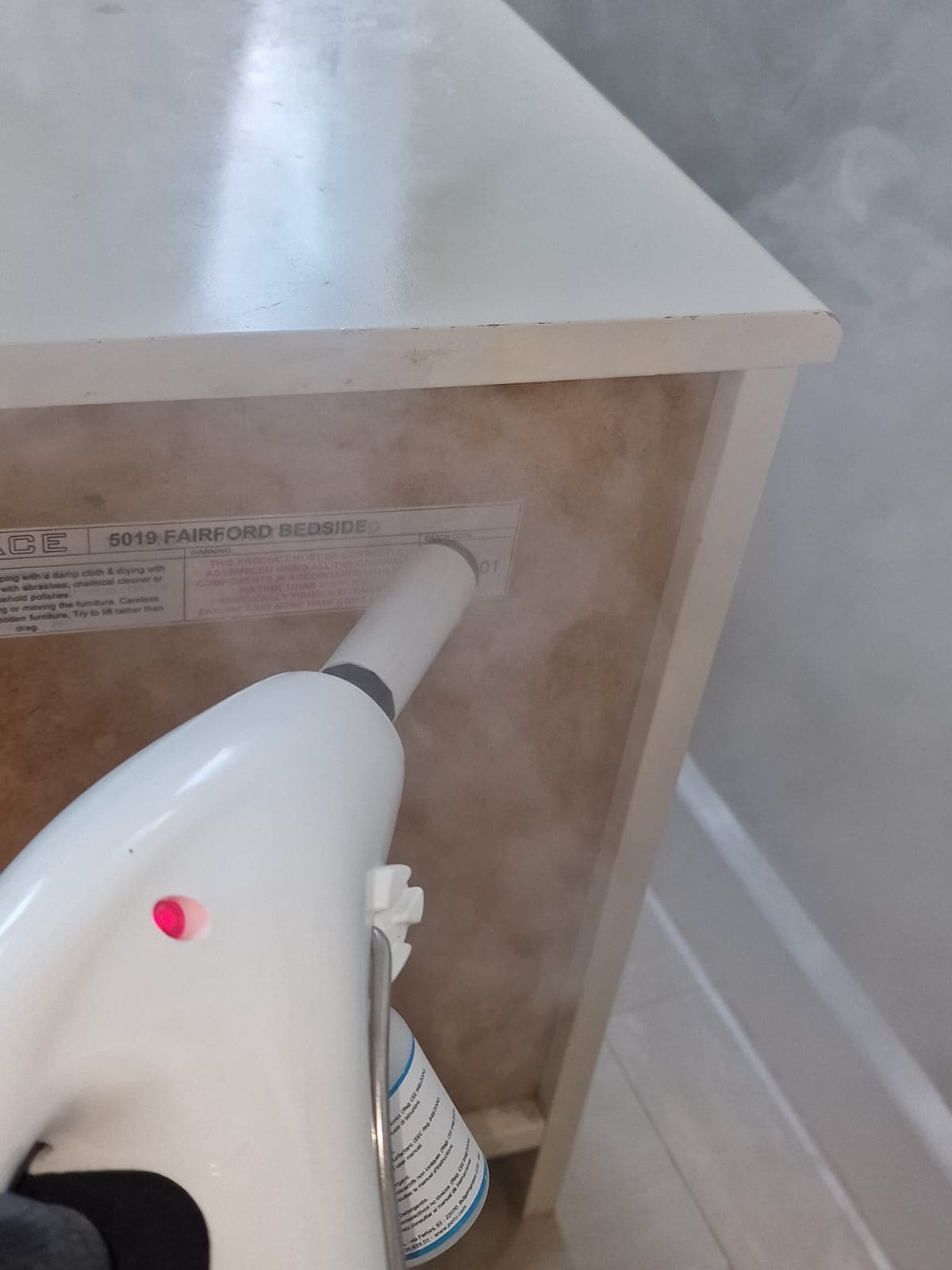Steam Treatment Services
Our innovative steam treatment method harnesses the power of high-temperature steam to eradicate pests effectively and safely. By utilising specialised steam machines, we target pests in their hiding spots, penetrating cracks and crevices where they lurk. The intense heat of the steam kills pests on contact, including bed bugs, cockroaches, and other insects, without the need for harsh chemicals.
What is Steam Treatment?
Steam treatment is a method used in pest control that involves the application of high-temperature steam to eliminate pests such as bed bugs, cockroaches, and other insects. This environmentally friendly approach utilizes specialized steam machines that emit steam at temperatures high enough to kill pests on contact. During steam treatment, the steam is directed into cracks, crevices, and other hiding spots where pests may be harboring. The intense heat of the steam penetrates these areas, effectively exterminating pests without the use of chemical pesticides.
-
Quick Response to all Customer
-
100% Success Rate
-
Full Eradication of Pests
-
No Residue Left Over
-
Emergency Services also Available
-
Safe & agency-approved methods
Get Your Pest infestation sorted today!
Why Steam Treatment?
Steam treatment offers a safe, effective, and eco-friendly solution for pest control, providing peace of mind for homeowners, businesses, and property managers alike. Steam treatment is advantageous for several reasons:
- Environmentally Friendly: Steam treatment eliminates the need for chemical pesticides, reducing environmental impact and minimizing exposure to harmful substances.
- Effective: The high temperature of the steam ensures thorough eradication of pests, reaching into hard-to-reach areas where traditional methods may not be as effective.
- Safe: Steam treatment is safe for use in various environments, including homes, hotels, hospitals, and food processing facilities. It leaves no chemical residues behind, making it suitable for sensitive areas.
- Non-Destructive: Unlike some chemical treatments that may damage surfaces or leave stains, steam treatment is non-destructive and gentle on materials.

Safe Pest Control without Chemicals
Steam treatment is non-toxic because it relies solely on the power of high-temperature steam to eliminate pests, without the need for chemical pesticides. Unlike traditional pest control methods that involve the application of potentially harmful chemicals, steam treatment uses water heated to temperatures high enough to kill pests on contact. Since steam is composed of water vapor, it does not leave behind any chemical residues that could pose health risks to humans or pets. Additionally, steam treatment targets pests directly, without dispersing potentially harmful substances into the air or surrounding environment. This makes it a safe and endly option for pest control, particularly in sensitive environments such as homes, hospitals, and food processing facilities.
